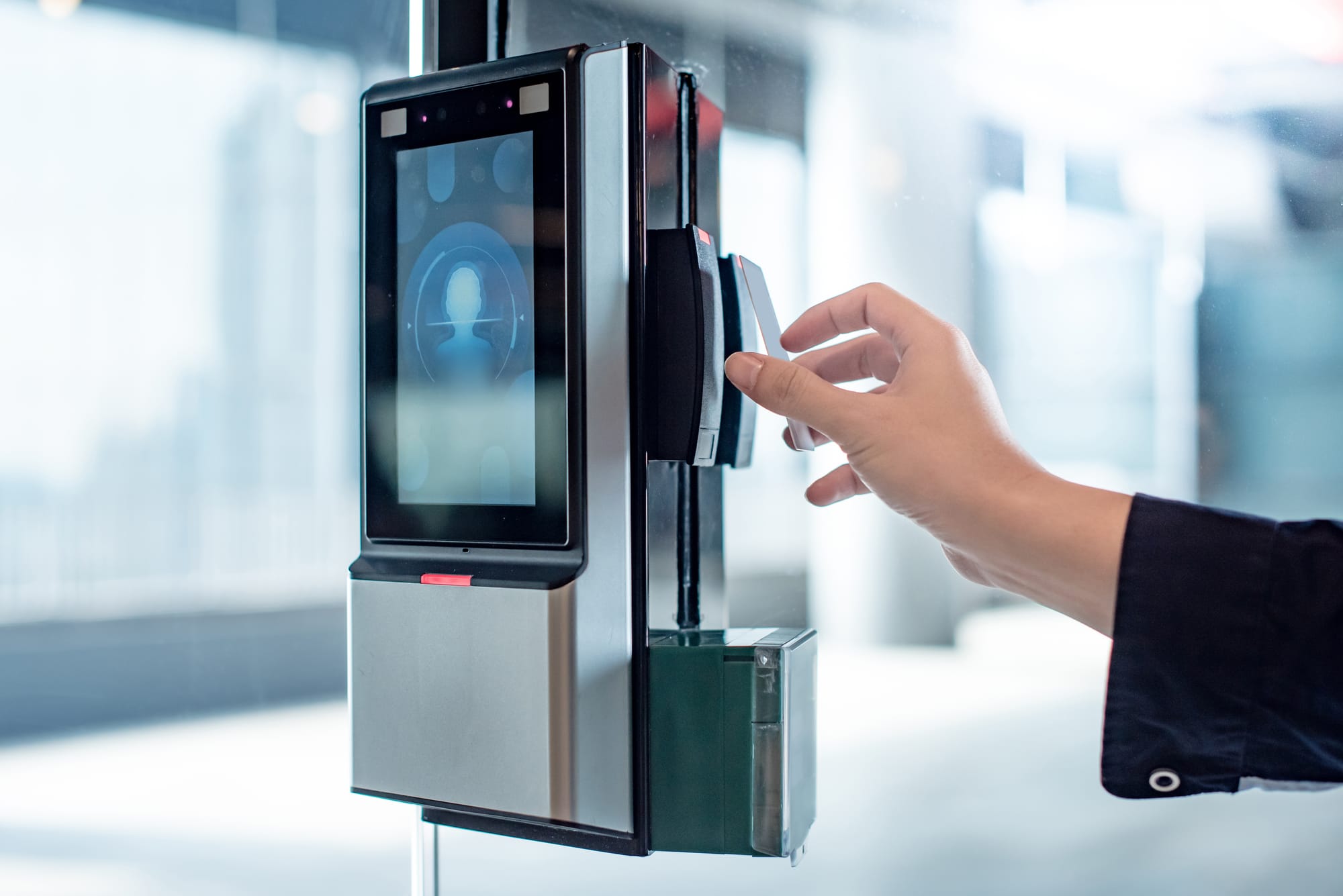Integrating AI with Access Control: Enhancing Security Measures

As security threats evolve, so too must the systems designed to protect assets and individuals. One of the most significant advancements in access control technology is the integration of Artificial Intelligence (AI). By enhancing traditional access control systems with AI capabilities, organizations can improve real-time monitoring, threat detection, and overall security management. Here’s a closer look at how AI is transforming access control.
1. Real-Time Monitoring and Alerts
AI-powered access control systems enable continuous real-time monitoring of entry points and sensitive areas. Through the integration of AI algorithms, these systems can:
- Analyze Live Footage: AI can process video feeds from surveillance cameras, identifying unauthorized access attempts or unusual behavior. This allows for immediate alerts to security personnel, enabling rapid response to potential threats.
- Facial Recognition: AI-driven facial recognition technology can authenticate individuals as they approach access points. This provides a higher level of security by ensuring that only authorized personnel gain entry.
- Behavioral Analysis: AI can analyze patterns in user behavior, detecting anomalies that may indicate security breaches or suspicious activities. For example, if an employee accesses a restricted area outside their normal hours, the system can flag this as a potential threat.
2. Enhanced Threat Detection
AI enhances access control systems' ability to detect threats in several ways:
- Anomaly Detection: By using machine learning algorithms, AI systems can establish a baseline of normal behavior for individuals and locations. When deviations occur, such as someone accessing an area they normally wouldn’t, the system can alert security teams.
- Risk Assessment: AI can evaluate the level of risk associated with different access attempts. For example, if an individual attempts to access multiple restricted areas in a short period, the system may determine this behavior as suspicious and trigger an alert.
- Integration with Other Security Systems: AI can unify data from various security sources, such as surveillance cameras, alarm systems, and access logs. This holistic view enhances the ability to detect coordinated threats and respond effectively.
3. Streamlined Access Management
Integrating AI into access control systems also streamlines the management of access rights:
- Dynamic Access Control: AI can analyze contextual information, such as the time of day or specific events, to automatically adjust access permissions. For instance, during a special event, certain areas may be restricted to authorized personnel only.
- Automated Credentialing: AI can assist in the issuance and revocation of access credentials based on real-time data. If an employee leaves the organization, their access rights can be automatically revoked, reducing the risk of unauthorized access.
4. Data-Driven Insights
AI systems can provide valuable data insights that enhance security operations:
- Audit Trails and Reporting: AI can generate detailed reports on access events, helping organizations analyze trends and patterns over time. This data can be critical for identifying vulnerabilities and making informed security decisions.
- Predictive Analytics: By analyzing historical data, AI can predict potential security risks and recommend proactive measures. For example, if certain access points have experienced multiple breaches, AI can suggest increased monitoring or additional security measures.
5. User Experience and Efficiency
Integrating AI into access control not only enhances security but also improves user experience:
- Frictionless Access: AI-powered systems can facilitate smoother access processes, such as touchless entry or mobile credentialing, enhancing convenience for users.
- Reduced False Alarms: By improving the accuracy of threat detection, AI minimizes false alarms, allowing security personnel to focus on genuine threats and improving overall response times.
Conclusion
The integration of AI with access control systems represents a significant leap forward in security technology. By enabling real-time monitoring, enhancing threat detection, streamlining access management, and providing data-driven insights, AI is transforming how organizations protect their assets and ensure safety. As security threats continue to evolve, the adoption of AI-powered access control will become increasingly essential for staying one step ahead.


